Material World Teaching Resources for Key Stage 2 - Upper
- Plus Plan
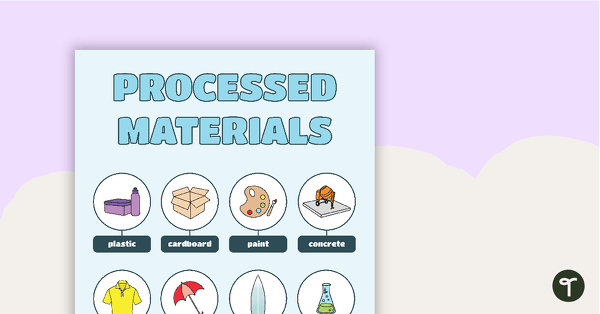
Processed Materials Poster
A poster displaying different processed materials and explaining what processed materials are.
- Plus Plan
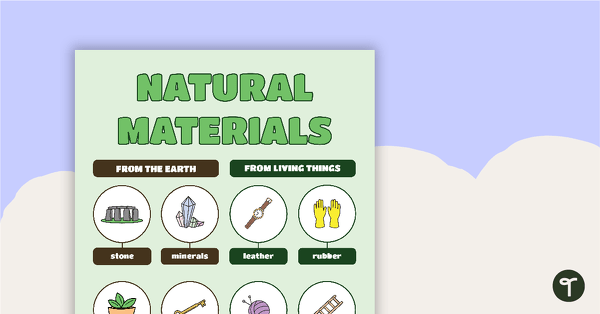
Natural Materials Poster
A poster displaying different natural materials and explaining what natural materials are.
- Plus Plan
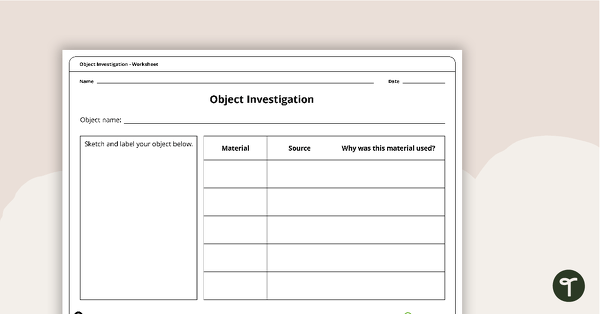
Object Material Investigation Worksheet
A worksheet for investigating the materials certain objects are made from.
- Plus Plan
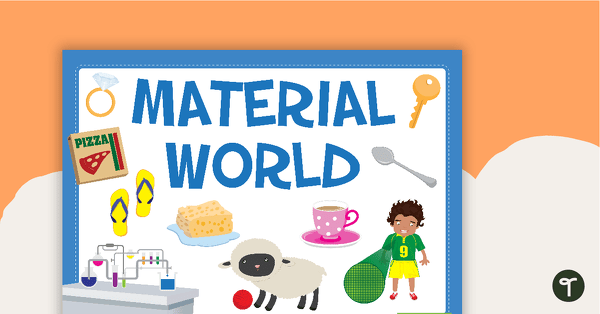
Material World Word Wall
Word wall cards containing vocabulary related to man-made materials.
- Plus Plan
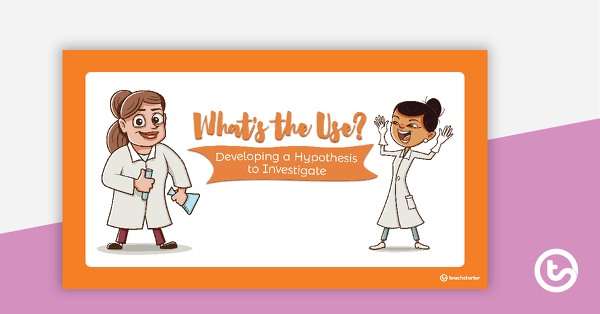
What's the Use? PowerPoint - Developing a Hypothesis to Investigate
A teaching presentation discussing the development of a scientific hypothesis.
- Plus Plan
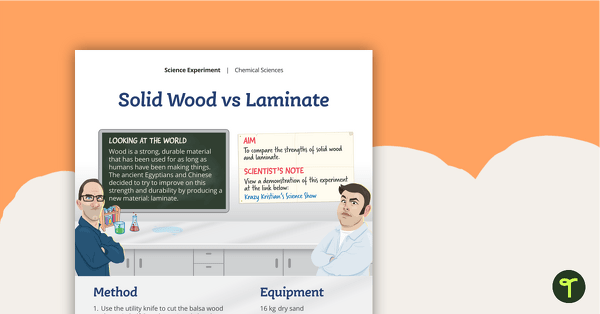
Science Experiment - Solid Wood vs Laminate
A science experiment which investigates the strengths of solid wood and laminate.
- Plus Plan
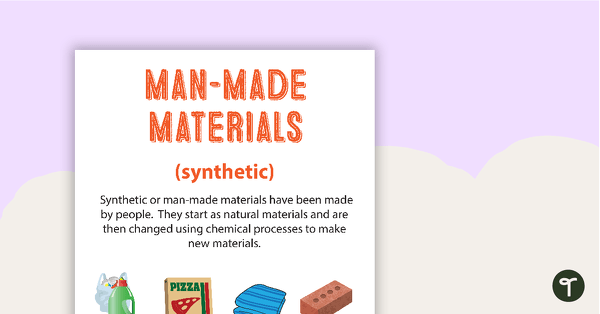
Types of Materials Posters
6 posters highlighting different types of materials.
- Plus Plan
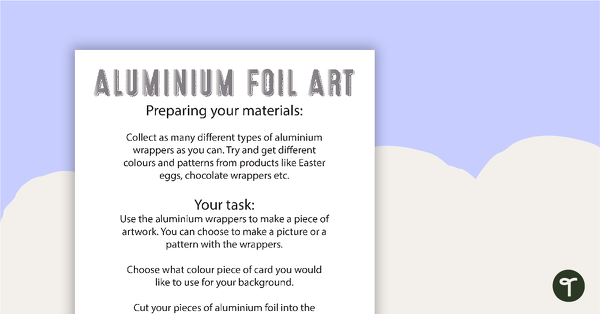
Aluminium Foil Art
An information sheet outlining a fun aluminium art activity.
- Plus Plan
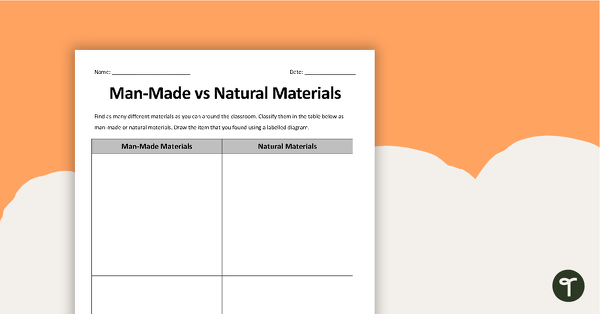
Man-Made vs Natural Materials Worksheet
A worksheet that requires students to identify man-made and natural materials in the classroom.
- Plus Plan

Renewable and Non-Renewable Energy Sort
A sorting activity that requires students to identify renewable and non-renewable forms of energy.
- Plus Plan

Material World Page Borders
2 material themed page borders.
- Plus Plan

Material World Cut-Out Decorations
Cut-out decorations to use on your materials display board.
- Plus Plan

Material World - Title Poster
A poster to use on your materials display board.
- Plus Plan
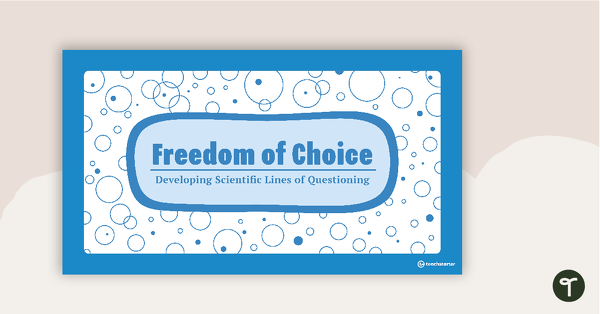
Freedom of Choice PowerPoint - Developing Scientific Lines of Questioning
A teaching presentation discussing the development of scientific lines of questioning.
- Plus Plan

Natural Science PowerPoint - How Do People Use Natural Resources?
A teaching presentation discussing natural resources and how humans interact with them.
- Plus Plan

Material World Resource Pack
33 pages of worksheets, posters and classroom displays about about natural and man-made materials